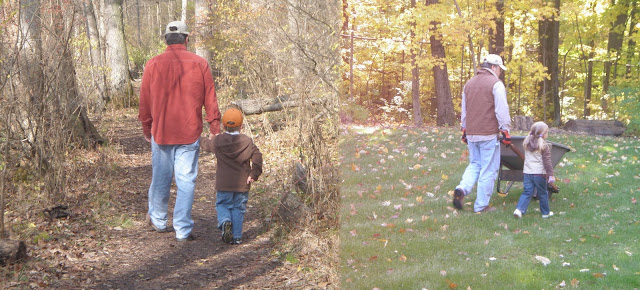During a holiday visit from one of my young nieces, it occurred to me that the little step stools that I made for my two preschoolers (to be able to reach the sinks to wash their hands and brush their teeth) are useful to older children (8-10 ish), too, for reaching taller cabinets and working in the kitchen. My niece had a birthday coming up, so I promised I would make her a step stool and send it to her.
 Each of the several stools I have made have been a different design, as I search for the most sturdy and best aesthetic. This newest version is made from the leftover cut-offs from the curved stage nosing for the church building I finished in December. I used the already glued up cut outs from the inside radius for legs and took the design inspiration from the curve.
Each of the several stools I have made have been a different design, as I search for the most sturdy and best aesthetic. This newest version is made from the leftover cut-offs from the curved stage nosing for the church building I finished in December. I used the already glued up cut outs from the inside radius for legs and took the design inspiration from the curve.You can see the resulting leg shape with a slight curvature. this would be exaggerated by setting the angle of the legs at about 15 degrees. I used the Mill as an overhead router and came up with a nifty way to clamp curved objects in a parallel vise--note the piece of roundish wood in the vise--a cutoff from a broken sledge hammer handle (from wood splitting--see the early axe modification post ).

I routed the mortises with a 5 degree tapered end mill, reasoning that when driven tight, this would make a super strong joint. Although I still think this was a good idea, I think oak is not the right material for this approach. the wood is too strong and did not compress in the slot as I imagined. this may work better with a softer wood. After routing the brace mortises and assembling the legs, I wanted to true-up the legs to make sure I didn't get any wobble. I built this jig to cut the assembled tops and bottoms flush.
The assembled legs, all trued up on the table saw, still had a little wobble. I found that the assemble could still be "torqued" around to change the relationship of the legs. But on a flat surface with a flat top, the stool is true. I temporarily hot-melt-glued the top in place, then drilled dowel mortises through the top into the legs for the permanent connection. I made the dowels on my Southbend Lathe, again, with a little taper to make the tighter as I drove them in. the result is very sturdy and, I believe, not glue-dependent.
 Finishing has been a bane to me that I resolved to vanquish. I have been reading and experimenting with techniques and materials and still have not found a good process. This time around, I decided to try a French-Polish (old fashioned finishing technique, not WWII Biggest Losers). This involves rubbing shellac into the wood continually building the coats while wet. It takes a bit of practice but yields a very hand-rubbed appearance. this is a very NOT durable finish and is particularly susceptible to alcohol damage since that is the solvent for shellac. But it is a very natural finish and is easy to repair. It came out OK for a first try and not too good to walk on.
Finishing has been a bane to me that I resolved to vanquish. I have been reading and experimenting with techniques and materials and still have not found a good process. This time around, I decided to try a French-Polish (old fashioned finishing technique, not WWII Biggest Losers). This involves rubbing shellac into the wood continually building the coats while wet. It takes a bit of practice but yields a very hand-rubbed appearance. this is a very NOT durable finish and is particularly susceptible to alcohol damage since that is the solvent for shellac. But it is a very natural finish and is easy to repair. It came out OK for a first try and not too good to walk on.



No comments:
Post a Comment